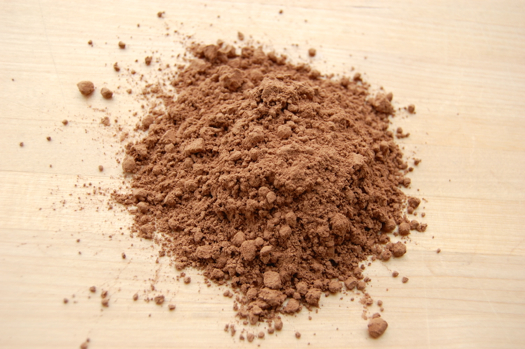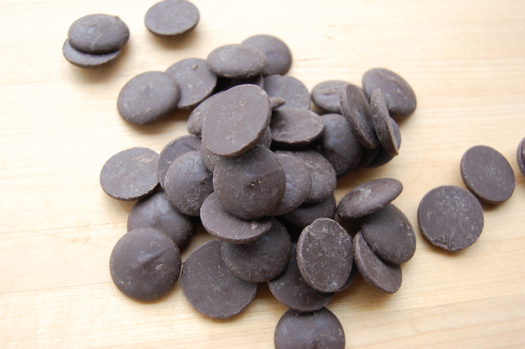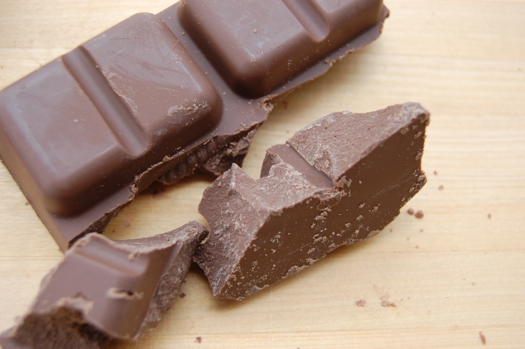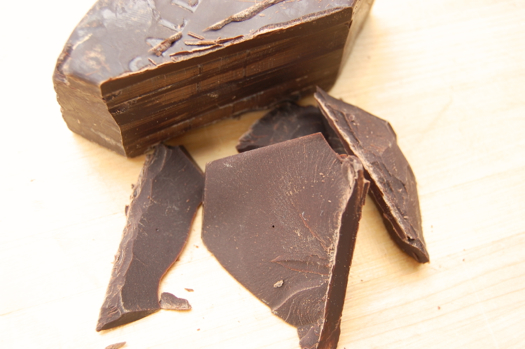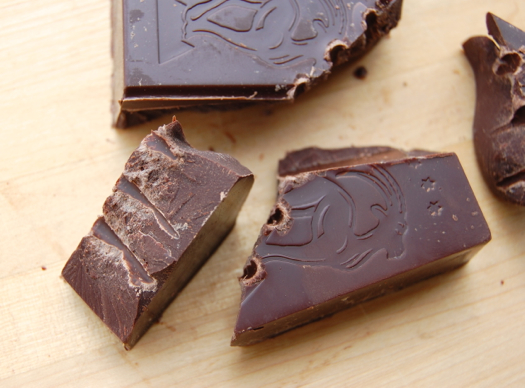Before we start talking about chocolate I should make clear that I draw a distinction between the sort of chocolate you find in candy shops and the kind you find in bakeries or pastry shops. The former is a confection meant to be consumed on its own. The latter is a component meant to be consumed in concert with other components: flour, butter, eggs, sugar, caramel, vanilla…you get the idea. So don’t blame me (as many do) for taking a utilitarian approach to the stuff. For I look at chocolate no differently than I do any other ingredient in baking, which means that just like everything else in my kitchen chocolate is subject to Joe’s Inverse Law of Ingredient Dynamics which goes like this: as the number of ingredients in a given recipe goes down, the quality of those ingredients must go up. That means if, say, you’re making a flourless chocolate cake — where chocolate is clearly the star — you should use very good chocolate. Conversely it means that if you’re using it as a drizzle for your caramel macadamia nut tart, a chocolate of middling quality is fine. In fact it’s probably more than enough, as the delicate flavors and aromas of a rare and expensive chocolate will get lost in an ensemble.
READ ON
